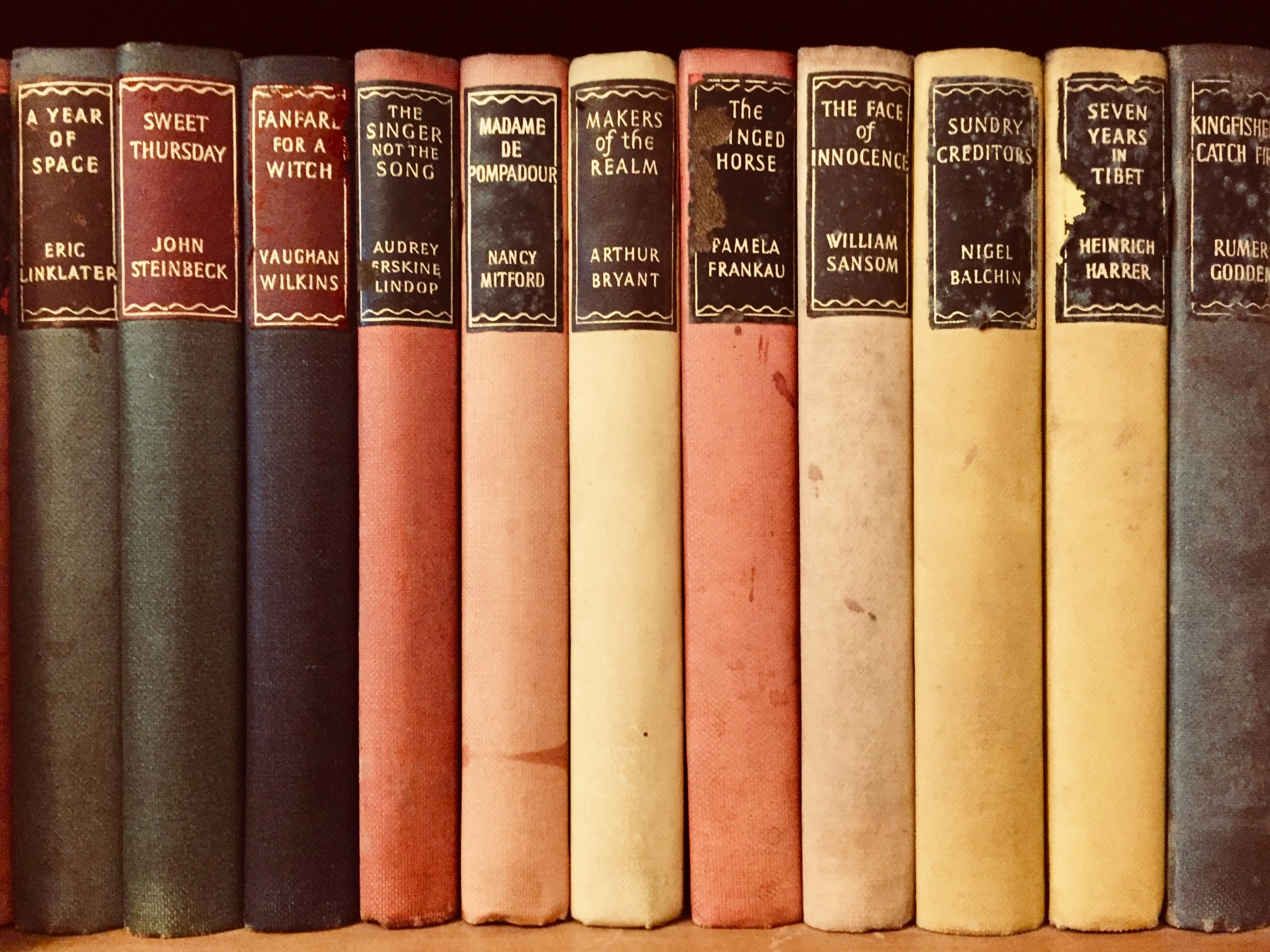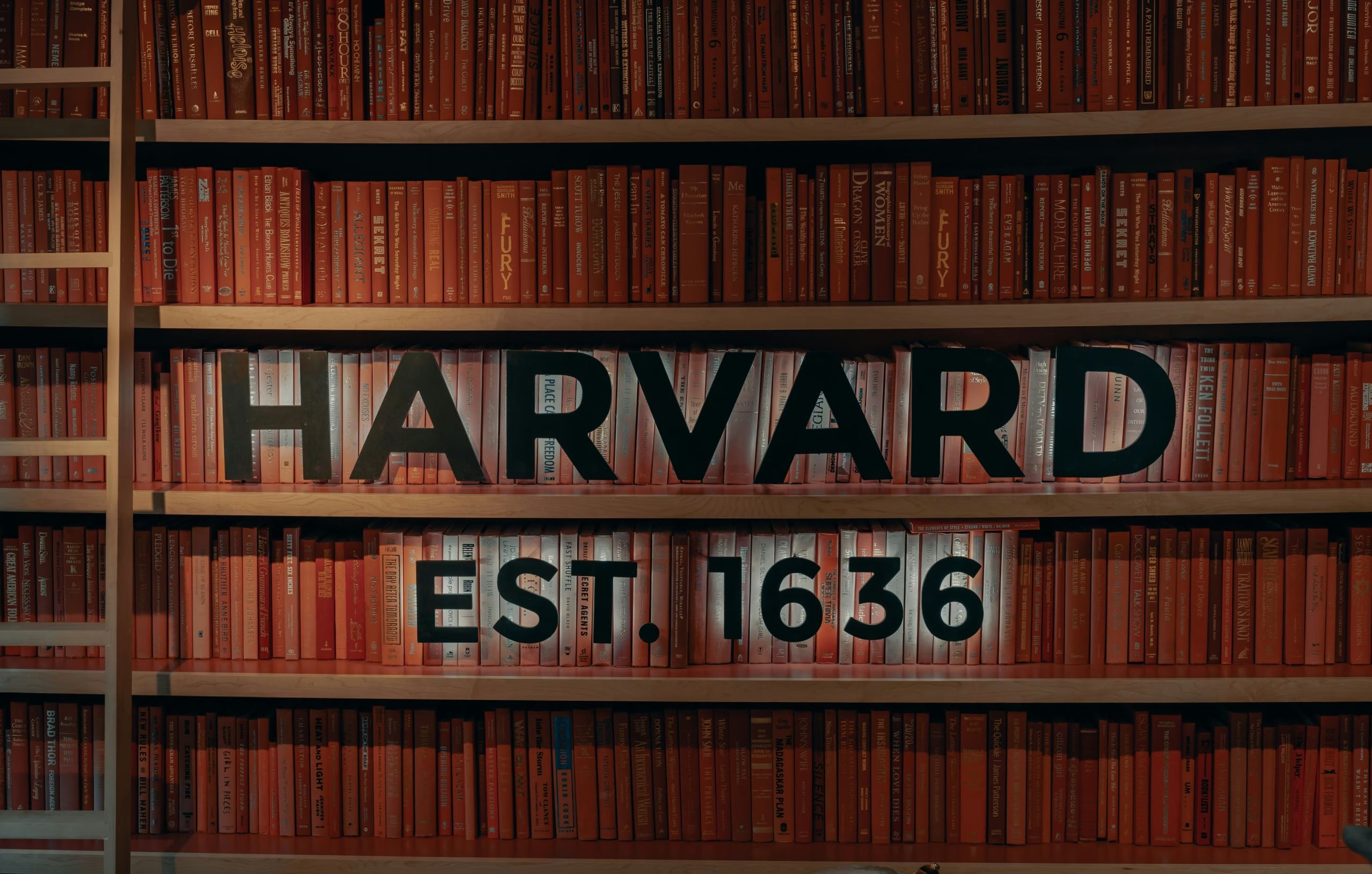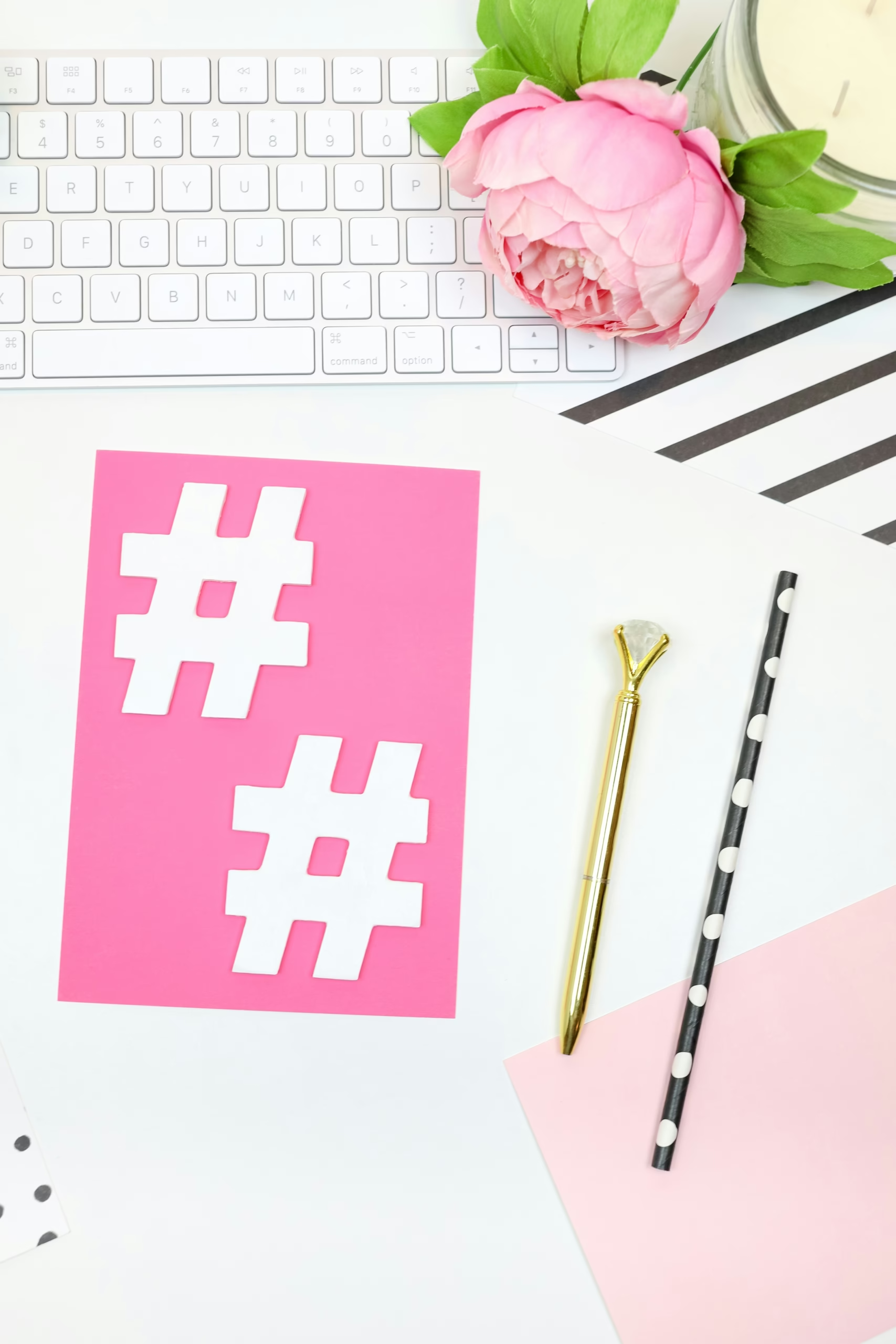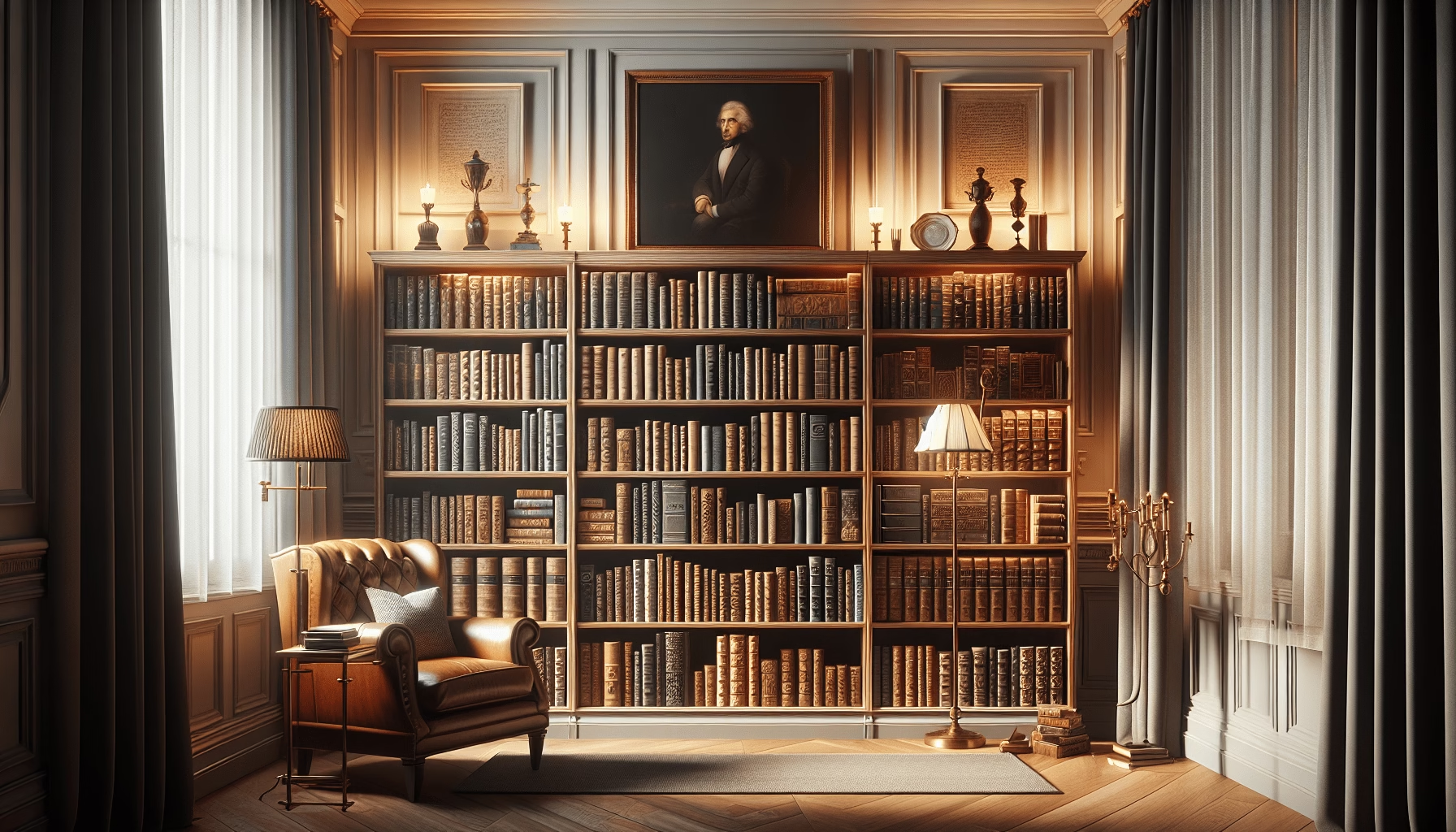Professional Approaches to Match Book Collection Display: What is it about collections that draws individuals in, becoming so much more than just an assortment of similar objects? In the realm of collecting, the understated allure of matchbooks is a pursuit that combines artistry, history, and personal narrative. But why matchbooks? The unassuming matchbook, often forgotten, signifies moments of memory and ephemeral experiences captured in physical form. This article delves into the professional approaches for displaying such collections, transforming them into both a visual and narrative centerpiece in any space.

Table of Contents
The Allure of Matchbook Collections
Matchbook collecting, often nestled in the niche of ephemera collecting, captivates enthusiasts for its rich tapestry of historical and cultural significance. Each matchbook tells a story—of a restaurant once savored, a journey taken, or an event that etched a moment in time. To the experienced collector, a matchbook is not a simple fire-starting commodity; it’s an encapsulated fragment of history, preserving vibrant shades and designs reflective of the era from which it hails. The question is not only how to acquire such pieces, but how to present them in a way that honors their narrative.
Historical Context: The Evolution of Matchbooks
Origins and Significance
The matchbook’s inception dates back to the late 19th century, initially crafted as a mere convenience. They transformed into an advertising medium with their surfaces becoming canvases for creatively conveying messages. The genesis of matchbooks in advertising saw them distributed freely, promoting establishments ranging from restaurants to movie theaters. During the mid-20th century, they became quintessential collectibles due to their widespread allure and the intrinsic storytelling embedded within their designs.
Historical Anecdote: Matchbooks in Popular Culture
Echoes of different eras can be traced through the designs and slogans, with the 1940s and 50s showcasing patriotic motifs during the war years, while the swinging sixties encapsulated the essence of liberation and cultural shifts. As matchbooks chronicled social trends, they gradually evolved into artifacts of social history, winning the hearts of collectors and storytellers alike.

Strategies for Matchbook Collection Display
Defining the Collector’s Space
To make the most of a matchbook collection, understanding the display space is paramount. Consider the dimensions and location of the intended display area, as well as lighting and visibility. Is the space a grand living room or a cozy study? Will the collection be a subtle conversation starter, or a bold central piece? These questions guide the planning of how the matchbooks should be arranged to maximize both aesthetic value and personal significance.
The Art of Curation
Successful display extends beyond merely grouping items by color or size. A truly compelling exhibit is curated thematically, weaving together the historical and stylistic narratives of each piece.
- Organize Chronologically: A timeline exhibit can provide a visual history lesson, showing the evolution of graphic design and advertising.
- Highlight Theme/Subject Matter: By selecting matchbooks centered on specific themes—such as those from coastal hotels or famous restaurants—one can create an evocative tableau that transports viewers to particular locations or epochs.
Presentation Techniques
Frames and Shadow Boxes
Framing is a popular choice for introducing a level of formality and protection. High-quality glass frames keep dust and hands away, ensuring longevity. Sequence matchbooks in a grid-like fashion within a single frame for a clean, organized look—a choice that echoes modern minimalist design.
Display Cases and Shelving
For a more flexible approach, display cases or bespoke shelving allow collectors to easily update the arrangement. Consider adjustable shelves for different heights or uniquely sized cases tailored to form vibrant mosaics. This approach offers an interactive element, encouraging revisitation and rearrangement of the collection.
Illumination and Highlighting
Lighting is crucial for creating ambiance and highlighting the intricacies of each matchbook. Under-lit shelving or targeted LED fixtures can draw attention without overwhelming spaces. It’s often said that the right lighting can transform a mundane space into something truly magical, breathing life into paper relics.
Incorporating Multimedia: Enhanced Engagement
The Role of Technology
Incorporating multimedia can add depth to matchbook displays. High-definition screens can loop through digital catalogues of matchbooks, accompanied by historical insights or personal anecdotes. This offers viewers a multi-layered experience, combining rustic charm with modern technology.
QR Codes for Interactive Experiences
QR codes can be affixed to displays, allowing keen observers to unlock more in-depth information via smartphones. This can include details such as the manufacture year, the business promoted, or any fascinating backstory tied to the matchbook. Such strategies bring traditional collections into the modern age, connecting historical appreciation with contemporary experiences.

Case Studies: Innovative Display Solutions
The Museum of Modern Matchbooks
This fictional museum, envisioned for the dedicated matchbook collector, exemplifies thematic storytelling through its exhibits. Visitors are presented with matchbooks grouped by era and cultural movements, spanning from the Art Deco designs of the 1920s to the pop art explosion of the 1960s. Each section of the museum leverages lighting and multimedia to enrich the narrative, creating immersive environments that transport visitors through time.
Private Collector Showcase
Consider a seasoned collector with an eye for mid-century designs—transforming a dedicated gallery wall at home into a narrative tapestry. Each frame compartmentalizes decades, accompanied by informative plaques discussing the historical context. Such a setting can become a personal museum, manifesting the collector’s passion and offering guests a journey into nostalgia.
Professional Approaches to Customization
The personalization of displays allows collectors to inject personality and character. For those who prefer distinction, hiring professionals to custom-craft display solutions introduces an elegance and cohesiveness unlikely achieved by off-the-shelf alternatives. These professionals can offer ideas ranging from custom cabinetry to integrated lighting systems.
Custom Glass Enclosures
For those with abundant resources, envisaging custom glass enclosures, which combine modern design with vintage charm, can elevate the collection to an artisanal level. Whether it’s a freestanding case or an inbuilt shelf within a wall, the integration of glass affords both protection and unobstructed viewing angles.
Tailored Interiors
Professional designers can offer insights into complementary wall colors, textures, and patterns that enhance the collection’s visual impact. For example, a mid-century modern style home might integrate muted tones and soft-backlighting to accentuate the vintage appeal of the matchbooks.

Conclusion: A Lasting Impression
In conclusion, the professional display of matchbook collections involves an orchestration of historical appreciation, design sensibility, and personal narrative. By thoughtfully arranging and presenting these pieces, one can transform an assemblage of matchbooks into a visually captivating and meaningful exhibit. This comes from not just the physical placement, but from embedding storytelling into every choice of arrangement, lighting, and multimedia interaction.
When approached with care and creativity, every matchbook transcends its role as a mere artifact and becomes a unique portal connecting the viewer to eras and places past, a celebration of the interconnectedness that defines collecting as a timeless human impulse.
How to Display a Matchbook Collection
Guide to Professional Strategies for Action Figure Display and Conservation

